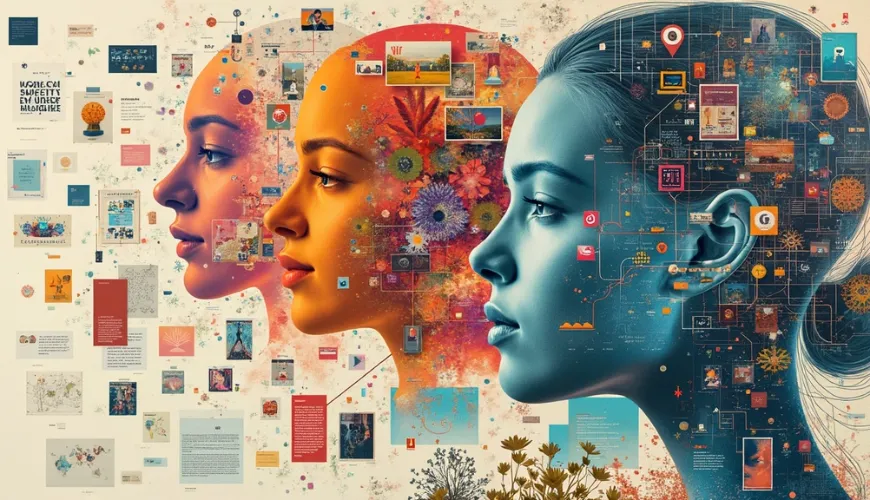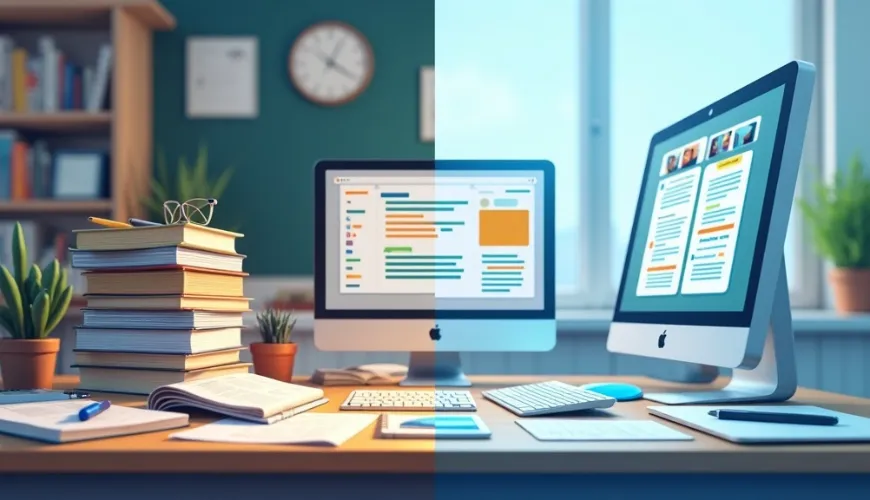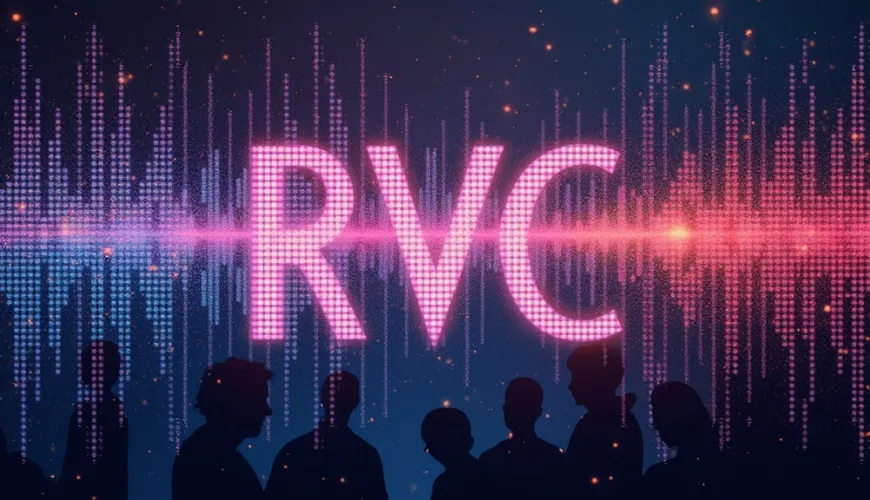The Rise of AI That Can Read Images: How Visual Understanding Is Transforming Our World
TL;DR:
AI that can read images is no longer futuristic—it's here, and it's powerful. From accessibility tools to creative design, AI image recognition is transforming how we interact with the world. This article walks you through how it works, where it's used, top tools available today, and what the future holds. Whether you're a tech enthusiast or a business looking to innovate, understanding AI that understands pictures can give you a serious edge.
Why AI That Can Read Images Matters in 2025
Imagine taking a photo of handwritten notes and having them instantly converted into editable text. Or your phone identifying a plant just from a picture. These aren't sci-fi visions anymore—they're real examples of AI that can read images. As we move into 2025, this technology is becoming a core layer of digital interaction, enabling smarter software and more intuitive tools.
With more than 3.2 billion images shared online daily, the ability for machines to understand visual content is no longer optional—it's essential. AI image analysis is helping brands stay ahead, improving accessibility, and powering everything from self-driving cars to social media filters.
Whether you're running a business, creating art, or just trying to organize your digital life, AI that understands pictures can simplify tasks, save time, and unlock new possibilities.
How AI Reads Images: The Tech Behind the Magic
To really appreciate this technology, it's helpful to understand how it works under the hood. Here's a breakdown of the main components that power AI image recognition:
Optical Character Recognition (OCR)
OCR is one of the earliest forms of AI image analysis. It detects and converts text in images into machine-readable content. Think of scanning a receipt and having the total price pulled out automatically.
This technology is widely used in apps like Google Lens or Adobe Scan, making it easy to digitize physical documents.
Computer Vision
Computer vision lets AI "see" and interpret the contents of an image. This is what allows your phone to recognize faces or your car to detect pedestrians. It involves breaking down images into data points and patterns for better understanding.
Most image-reading AI today relies on this core field to detect objects, people, scenes, and emotions in pictures.
Deep Learning and Neural Networks
Thanks to convolutional neural networks (CNNs), AI can now analyze images with incredible accuracy. These models are trained on millions of images, learning to spot subtle differences and features.
Deep learning enables facial recognition systems, AI image generators, and even mood detection based on facial expressions.
Multimodal AI
One of the most exciting developments is multimodal AI—systems that combine text, images, and even video to understand content more fully. For instance, OpenAI's GPT-4o can "look" at an image and describe it in detail, blending visual analysis with natural language processing.
Platforms like Claila leverage multimodal models to support smarter, context-aware interactions.
Real-Life Applications of Image-Reading AI
The impact of AI that understands pictures goes far beyond tech demos. Here's how it's showing up in everyday life:
Accessibility Tools
For people with visual impairments, apps like Seeing AI and Be My Eyes are game-changers. They use AI image recognition to describe surroundings, read text, and interpret scenes aloud, improving independence and quality of life.
Education and E-Learning
Students and educators benefit from tools that can read handwritten notes, identify mathematical equations, or scan textbook pages for quick summarization. Visual content gets transformed into readable, interactive material with the help of AI image analysis.
Healthcare
In medical imaging, AI that can read images is helping radiologists detect diseases earlier and with more accuracy. It can analyze X-rays, MRIs, and CT scans, flagging anomalies in real-time.
Retail and E-Commerce
AI-driven visual search lets users snap a photo of an item and find similar products online. Apps like ASOS and Pinterest Lens make shopping more intuitive, all thanks to AI that understands pictures.
Creative Tools
Artists and designers are using AI to interpret sketches, colorize old photos, and generate entirely new artwork. Platforms like Claila also offer AI image generators that turn text into stunning visuals.
Security and Surveillance
Facial recognition and anomaly detection help monitor crowds, detect threats, and streamline airport security—all powered by AI image recognition.
Real-Life Example
Imagine a supermarket using AI that can read images to monitor stock levels on shelves. Instead of manual checks, cameras powered by computer vision alert staff when items run low, improving efficiency and reducing waste.
Popular AI Tools That Can Read Images
The market is buzzing with powerful tools offering AI image analysis features. Here are some of the most widely used:
- Claila – Offers an all-in-one AI productivity platform with access to top models like ChatGPT, Claude, Mistral, and Grok. Perfect for generating images and analyzing visual content.
- Google Vision AI – A robust API that can detect labels, faces, and text in images.
- Amazon Rekognition – Popular for facial analysis and object detection in surveillance and retail.
- Microsoft Azure Computer Vision – Offers rich image tagging, OCR, and handwriting recognition.
- OpenAI's GPT-4o — Offers multimodal capabilities, interpreting images and generating descriptions or insights.
For more creative uses of AI, check out ai-map-generator to see how image-reading AI intersects with virtual world-building.
Challenges and Limitations of AI Image Analysis
Despite the impressive progress, AI that can read images isn't perfect. There are still hurdles to overcome:
Accuracy
While AI has gotten better at recognizing images, it sometimes misidentifies objects, especially in poorly lit or cluttered environments. A blurry image or odd angle can throw the AI off track.
Privacy Concerns
Facial recognition systems have sparked debates around data privacy and surveillance. Who gets access to the image data? How is it stored or shared? These are important questions that developers and companies must address.
Bias in Datasets
AI models are only as good as the data they're trained on. If those datasets lack diversity, the AI might perform poorly on underrepresented groups. This can lead to biased outcomes, especially in high-stakes areas like law enforcement or healthcare.
To understand how these biases can influence AI behavior, check out ai-fortune-teller.
What the Future Holds: Trends to Watch
Looking ahead, the future of AI that can read images is shaping up to be even more powerful and integrated.
Multimodal AI Becomes Mainstream
As more platforms embrace multimodal capabilities, we'll see AI that can simultaneously interpret images, texts, and audio. This opens up possibilities for virtual assistants that can fully engage with the world like a human would.
AR/VR Integration
Imagine walking through a museum with AR glasses that overlay facts about each art piece using AI image recognition. Or using VR simulations in medical training, where AI analyzes surgical techniques in real time.
Real-Time Translation of Visual Data
Soon, your phone might be able to translate handwritten notes, street signs, or restaurant menus in real-time—just by pointing a camera at them. This kind of instant translation is already being tested and is expected to become more accurate by 2025.
For more on how AI is reshaping interaction, don't miss our breakdown on AI assistants in ask-ai-anything.
How to Get Started With Image-Reading AI
Whether you're a developer, business owner, or just someone curious, you don't need a PhD to start using AI that understands pictures.
Start by exploring tools like Claila that offer easy access to image-reading capabilities. Experiment with uploading images, asking for descriptions, or generating content from visuals. If you're in retail, consider integrating AI to power product recommendations or inventory tracking.
Need some creative AI ideas? Our article on robot-names shows just how far your imagination can go with the right tools.
Practical Steps to Start Using Image-Reading AI
If you are ready to bring AI image recognition into your workflow, start small. Try uploading personal photos into free tools like Google Vision or Microsoft's Computer Vision API and compare how each interprets the content. Next, experiment with multimodal platforms such as GPT-4o, where you can combine text prompts and images to get richer insights. Businesses can go a step further by integrating APIs like Amazon Rekognition into e-commerce platforms to enable visual product search or automated cataloging. Educators might use OCR-based tools to digitize handwritten student assignments, while healthcare practitioners can explore AI-powered diagnostics that highlight anomalies in scans. By beginning with simple tests and then scaling into industry-grade tools, users can reduce risk while discovering where image-reading AI offers the most value. The key is to keep experimenting and iterating.
By 2025, AI that can read images won't be a bonus—it'll be a baseline. Whether you're scanning old documents, building smarter apps, or looking to create with AI, platforms like Claila make it easy to harness the power of AI image recognition. Dive in and let your visuals speak louder than ever before.



